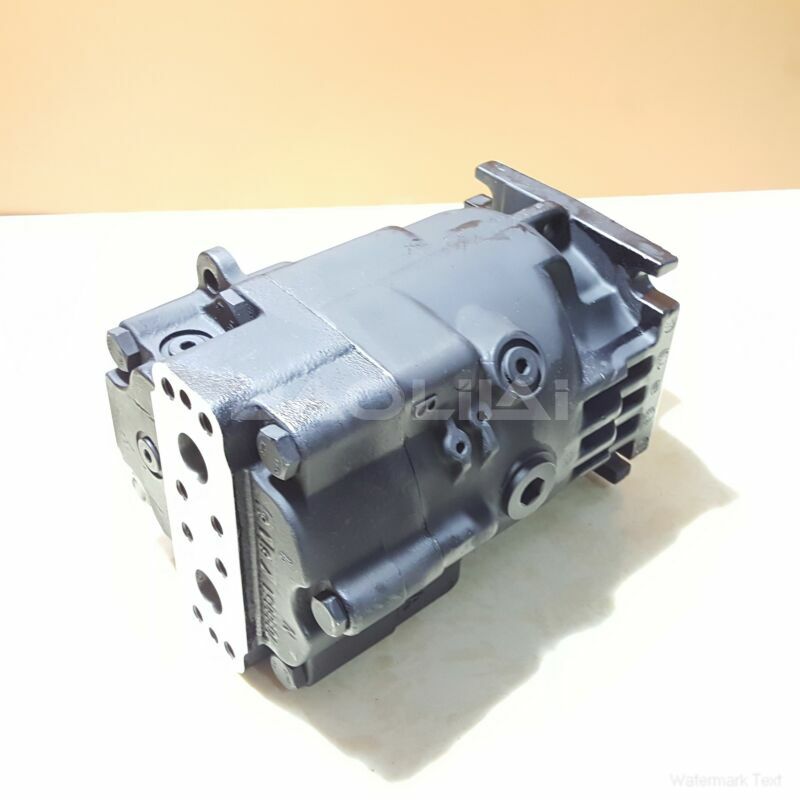90M100NC0N7N0F1W00NNN0000F0 piston motor
90M100NC0N7N0F1W00NNN0000F0 piston motor

- Product Details
- Applicable Scene
90M100NC0N7N0F1W00NNN0000F0 piston motor.As industries across the globe strive for enhanced efficiency, precision, and sustainability, the importance of digital control technologies in hydraulic motor systems has grown tremendously. These systems are critical in applications ranging from manufacturing and construction to robotics and automotive engineering. As we look toward the future, the integration of advanced digital control techniques promises to revolutionize the operation and performance of hydraulic motor systems.
Model Code :90-M-100-NC-0-N-7-N-0-F1-W-00-NNN-00-00-F0
Model Code :90M100NC0N7N0F1W00NNN0000F0
One of the most significant advancements in digital control for hydraulic motors is the adoption of real-time monitoring and feedback mechanisms. Traditional hydraulic systems often operate on fixed parameters and manual adjustments, which can lead to inefficiencies and potential system failures. By utilizing sensors and IoT technologies, system operators can collect real-time data regarding fluid pressure, temperature, and motor performance. This information can be processed and analyzed to optimize system operation, reducing energy consumption and wear on mechanical components.

Model No.ldent No. :83031131
90M100NC0N7N0F1W00NNN0000F0 piston motor.Furthermore, the implementation of machine learning algorithms allows hydraulic systems to self-optimize over time. By learning from historical data, these systems can predict the best operational settings for varying load conditions, thereby improving efficiency and responsiveness. For instance, in applications that require variable speeds or torques, a digitally controlled hydraulic motor can adjust its performance in real-time to deliver the necessary output while minimizing energy use.
Another promising development is the integration of digital twins in hydraulic systems. A digital twin is a virtual representation of a physical system that allows engineers to simulate performance, conduct predictive maintenance, and troubleshoot issues without any physical risks. In the context of hydraulic motors, digital twins enable engineers to assess how changes to system components or operational strategies will affect performance, leading to more informed decision-making and reduced downtime.





